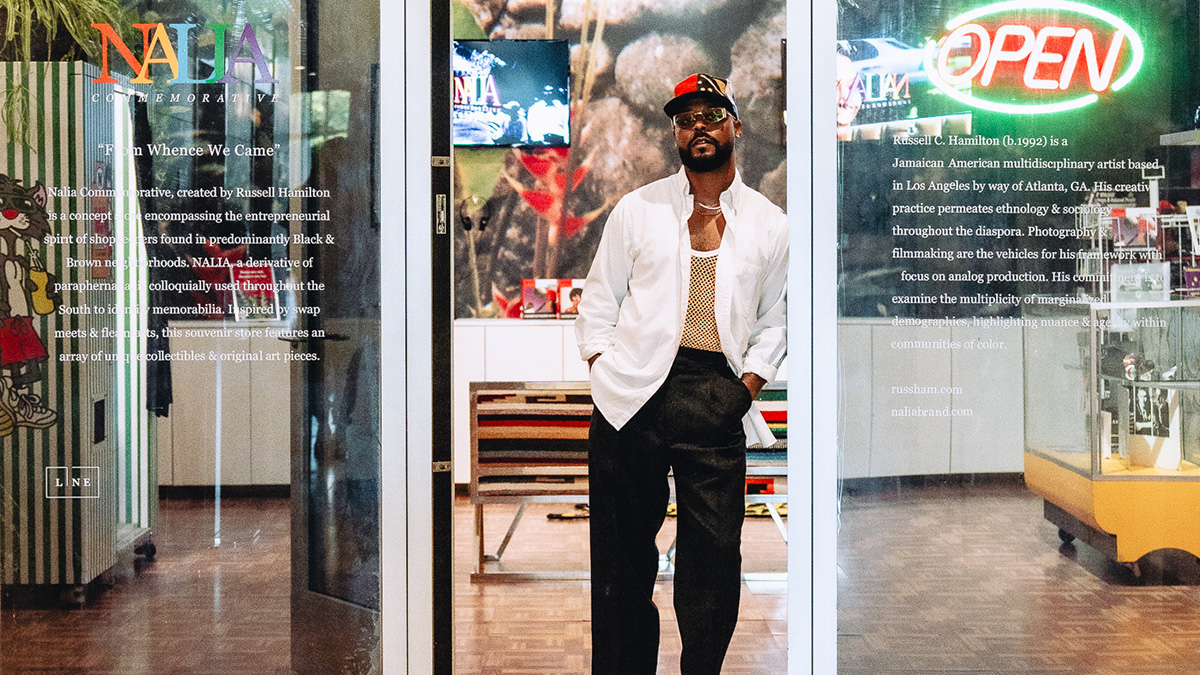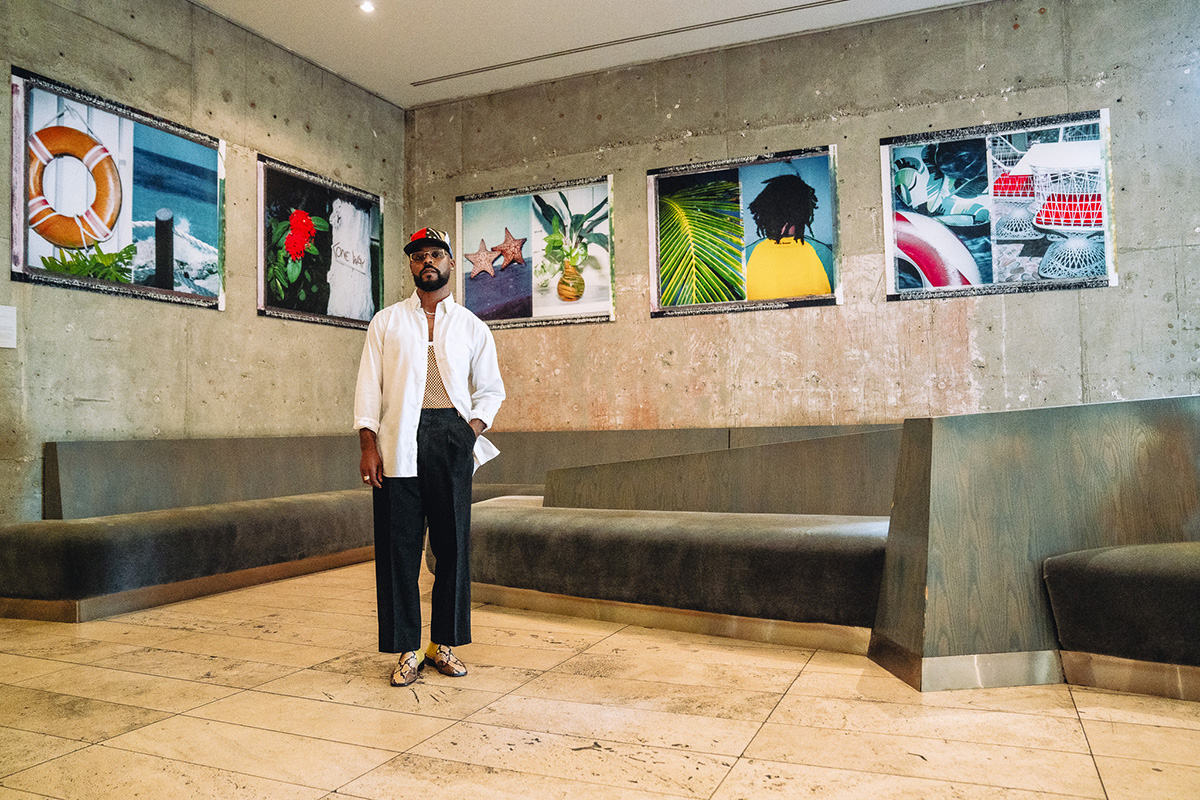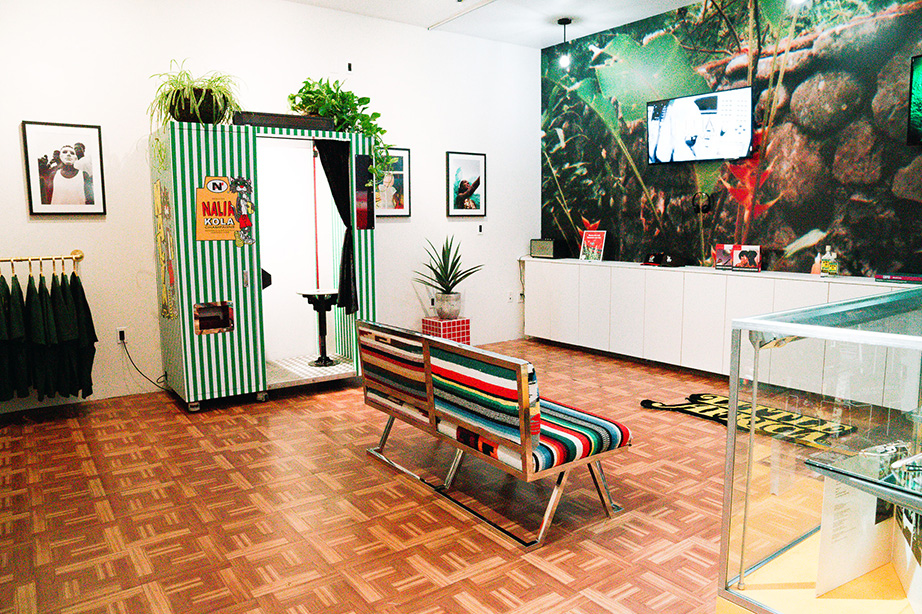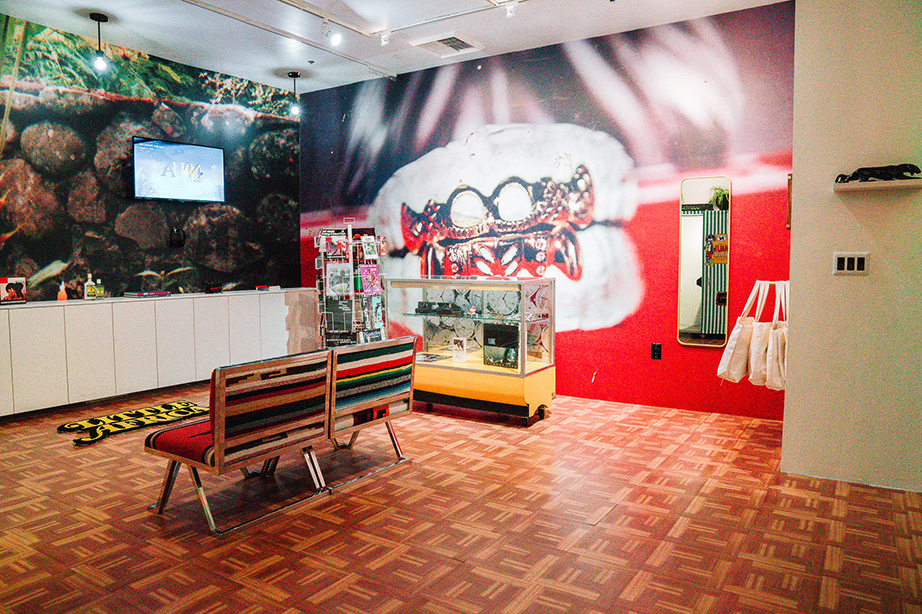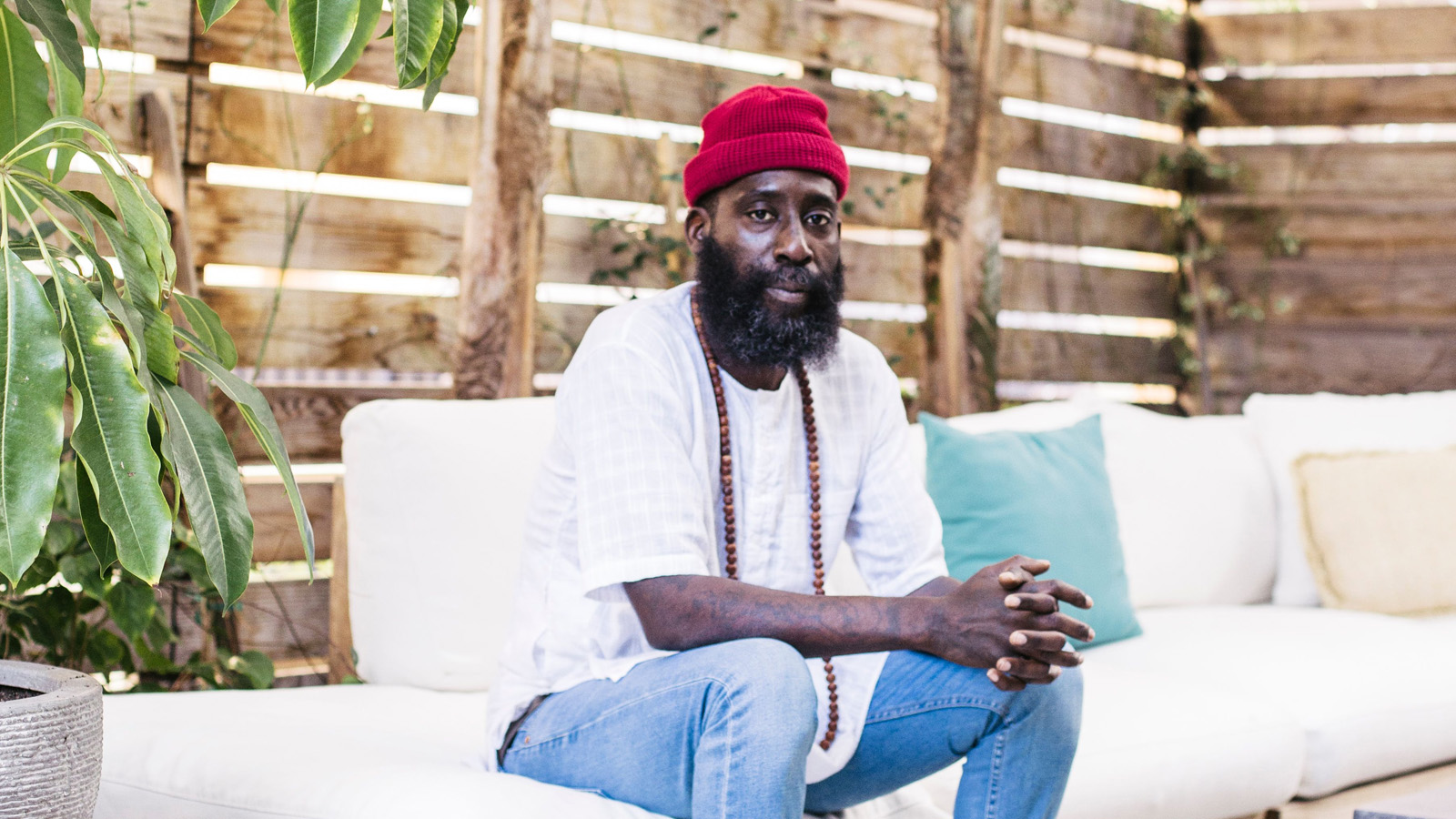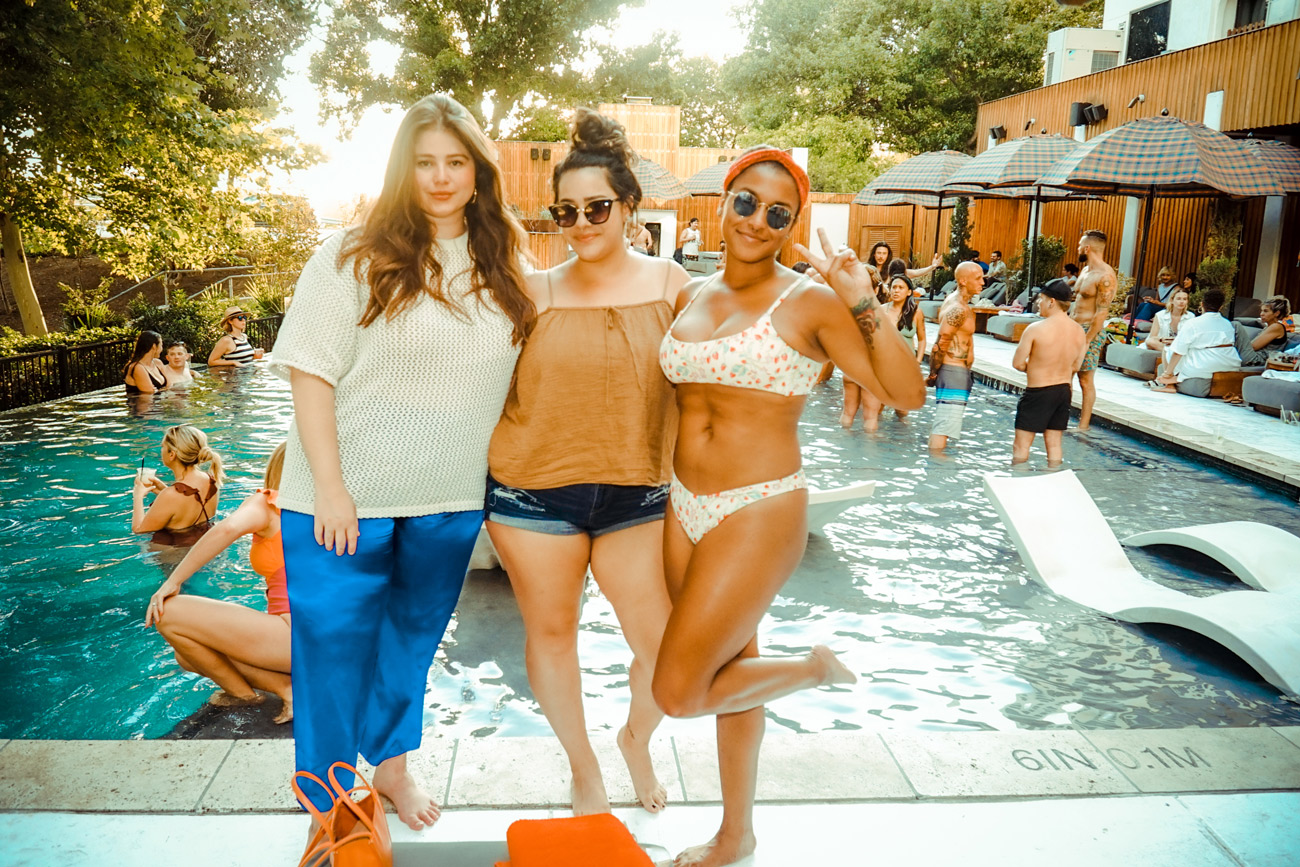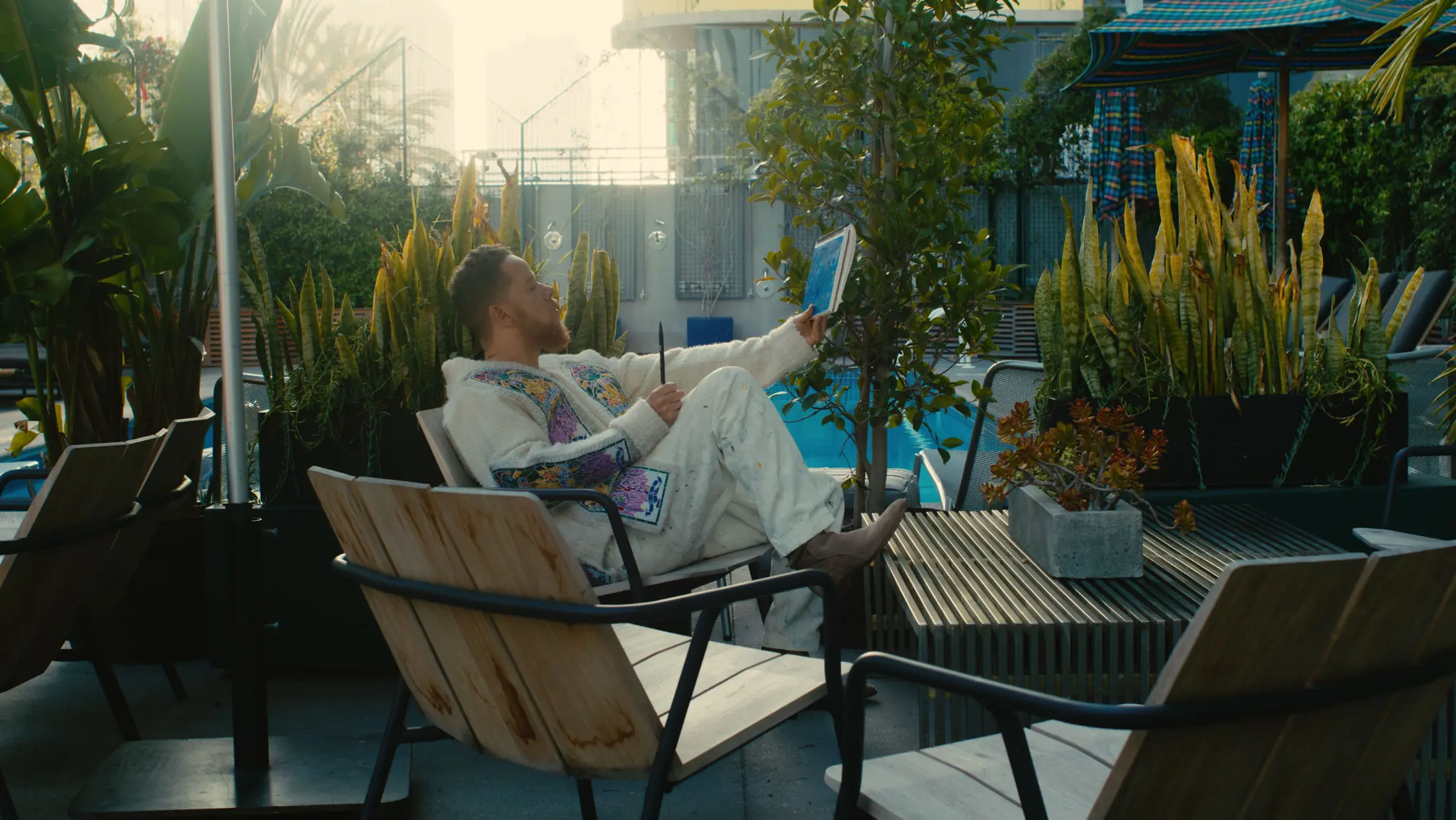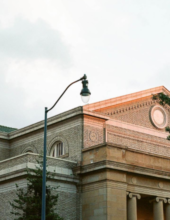How Russell Hamilton Brought
Jamaica to the LINE LA
Host Jack Inslee
Join multi-disciplinary artist Russell Hamilton as he takes us on a journey through Jamaica, sharing insights into the inspiration behind his installation, PASSPORT, featuring in the lobby of the LINE LA from August 1st through October 31st, 2024. In conversation with Jack Inslee, Russell delves into topics ranging from the cultural significance of grills to the global influence of Jamaican culture. Explore the diverse facets of his work and personal experiences in this compelling episode.
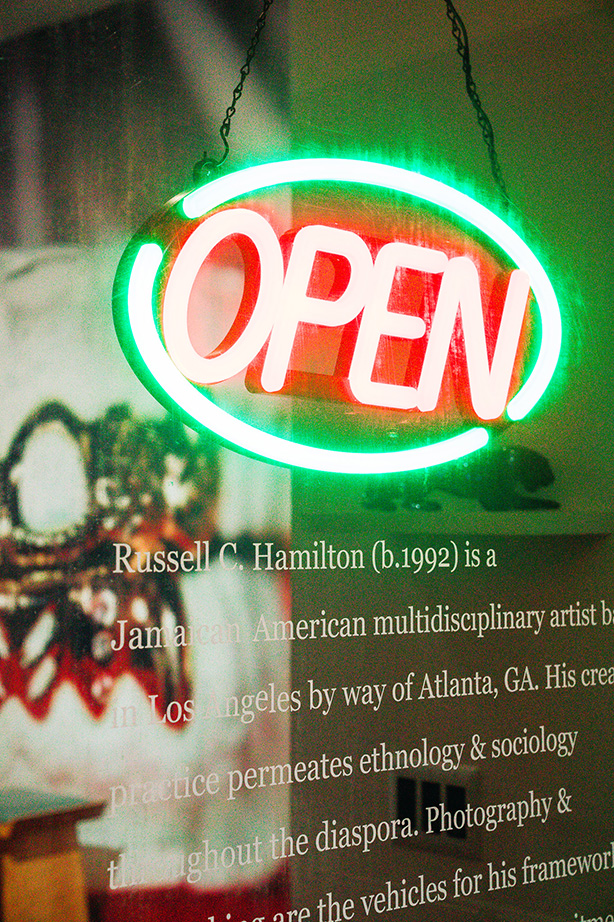
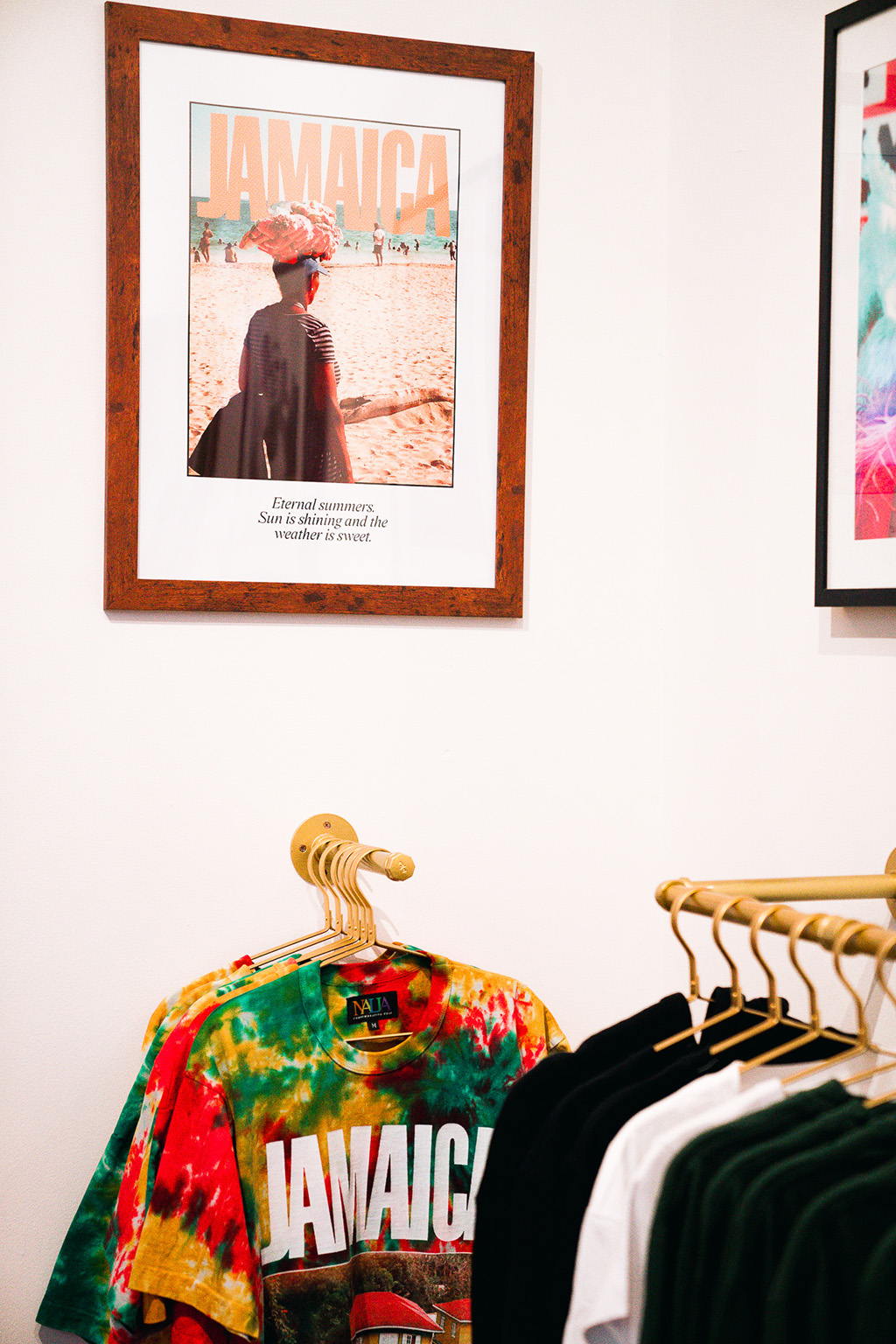
Jack Inslee: Welcome to Hear HERE at the LINE LA in Koreatown. Today we have multidisciplinary artist Russell Hamilton, whose exhibition PASSPORT is currently on display in the hotel’s lobby. The exhibition explores Jamaica and other themes through an immersive experience. Russell, can you walk us through the space?
Russell Hamilton: Sure. I’m from Atlanta, but my Jamaican heritage strongly influences my work. Growing up in the South with West Indian roots has shaped my artistic practice. The space is like a Caribbean-inspired shop with original photography, a photo booth, and clothing. I’ve always been fascinated by the immigrant narrative and how cultures like Jamaica have such a large global presence despite the country’s size. Jamaicans are everywhere!
Jack: Jamaica’s influence on hip-hop is undeniable, and it’s something that many people might not know. Can you talk about Jamaica’s cultural footprint and how it connects to your work?
Russell: Definitely. A lot of things have roots in Jamaica—especially in music. Dancehall, with its early emcees, laid the groundwork for hip-hop. The bravado and energy in Jamaican music helped shape the spirit of hip-hop.
Jack: Let’s talk about your exhibition’s setup and the elements within it.
Russell: The space is designed as a souvenir shop. On the right, there’s a photo of a grill by Eddie Plain, a legendary figure in Atlanta’s grill-making scene. I’m a big fan of grills—they’re a huge part of Atlanta culture. On the left, there’s a photo booth wrapped in graphics inspired by D&G sodas, a nod to Caribbean culture. I also have a video loop of commercials I’ve made, along with some merch celebrating the 25th anniversary of Belly, the iconic film by Hype Williams.
In the center, there’s a rotating rack full of nostalgic items—cassette tapes, zines, and vinyls—all things that have influenced me. It’s meant to represent my interests and inspirations, blending Caribbean and Atlanta influences.
Jack: Grills are a recurring theme in your work. What do they represent for you?
Russell: Grills have evolved from being practical—especially in Black communities as a way to store wealth through gold teeth—into a fashion statement. Today, grills are a beautiful accessory and part of self-expression. In Atlanta, I grew up seeing artists like OutKast and CeeLo Green with grills, which made a big impression on me. Now, I collect them from different cities. My DJ name is “Open Face Grill,” so it’s a part of my identity.
Jack: The space feels like it’s combining Atlanta’s culture with Jamaican heritage, and there’s an overarching Black American experience connecting it all. Can you explain how this ties into your role with Black Archives?
Russell: Black Archives is a platform dedicated to preserving and sharing Black American and diasporic history. I’ve been collaborating with them for over a decade, and as creative director, I’m helping them experiment with physical spaces. While we’ve built an incredible online community, the goal is to expand into real-life experiences. This exhibition is a way of blending those worlds and seeing how people respond to this type of archiving in a tangible space.
Jack: Archiving the Black experience can sometimes feel repetitive, especially in traditional institutions. How do you decide what should be preserved and what needs fresh attention?
Russell: It’s about lived experiences. A lot of what I choose to archive comes from my personal journey and the things that have shaped me, like Belly. It’s a millennial touchstone, and it deserves to be part of the Black diaspora’s archive. It’s about staying relevant while honoring the past.
This transcript has been edited for length and clarity.
Listen to the whole story above, and follow along on Spotify.
Photo by Brooke Olsen.
